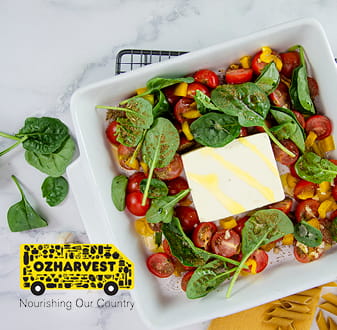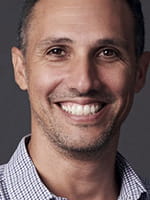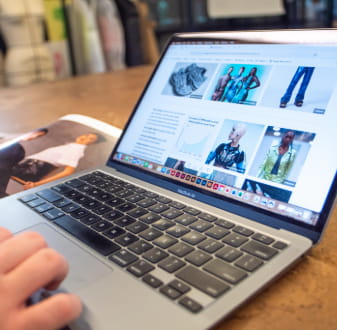At Torrens University Australia, we foster this mindset throughout our students' learning journey. Students enrolled in our Work Integrated Learning (WIL) subject have the opportunity to engage with actual clients in real-life briefs.
Recently, our Photography students collaborated with OzHarvest FEAST, a project that not only honed their skills but also contributed to making the world a better place. This live brief showcases a remarkable project that exemplifies the fusion of creativity, industry connections, and our commitment to the “Be Good” concept.
What did the students take away from this live brief experience?
- The importance of adapting previous knowledge and skills when working with new clients, industries or products
- How to interpret briefs and liaise with clients, including asking relevant questions before embarking upon a creative project
- A deeper appreciation of the process. The initial meeting and research stage, the planning and freedom to experiment, play and make mistakes, and ultimately, the importance of developing their own style
- The satisfaction of further developing knowledge and skills while working on live briefs and receiving real, honest feedback from the client
What is OzHarvest FEAST?
FEAST is an educational program that aims to inspire kids to eat healthily and waste less. It’s an initiative of OzHarvest, Australia’s leading food rescue organisation, whose main mission is to save surplus food from ending up in landfill and deliver it to charities that help feed people in need. They are constantly looking for new ways to inspire and educate people about food waste, food security and sustainability.
Part of the OzHarvest FEAST project involves the design and distribution of recipe cards. Used in primary and high school STEM programs, these cards feature step-by-step instructions to teach kids how to make delicious and healthy meals. Each one of those steps comes with a helpful illustration, and that’s where our photography students come in.
“Honestly, I had no expectations about this project,” reveals Diploma of Photography and Photo Imaging student Dwayne Carroll. “I knew about OzHarvest volunteering and the food rescue side of the business but was unaware of the FEAST program and all the education they do around food sustainability and preparation.”
That mirrors a lot of real-world photography work, where you may be coming in to a job with minimal knowledge of what the client is hoping to achieve, and have to rely on a combination of written brief and conversation to understand what you should be shooting for.
In this particular case, liaising with the client via online meetings and working through the live brief that made up this project, Dwayne found it a bit of an eye-opener.
“I take cooking for granted as it is a skill that I learnt at a young age,” he explains, “but there are a lot of people who don’t understand or are scared to try out this skill. They then resort to pre-packaged, processed foods which are not as healthy and don’t allow for personalisation and understanding of nutrition and the contents of the food.”
What was in the OzHarvest live brief?
When collaborating with industry in similar projects, we request they complete a well-considered questionnaire to obtain relevant information for our students. Mirroring standard industry practice, these briefs help them understand exactly what they’ll be required to do for the client and, more importantly, why. In this case, we had a brief background history on the client, a description of the FEAST program, information on the target audience as well as competitors, brand references, research links, and clear project deliverables and outcomes.
Gaining experience with professional briefs is obviously useful when you enter the workplace, but it also helps your own personal practice. Knowing the job expectations and what to ask a potential client before you embark upon a creative project helps to avoid the risk of putting in a lot of hard work, only to find you had the wrong idea about what they were after.
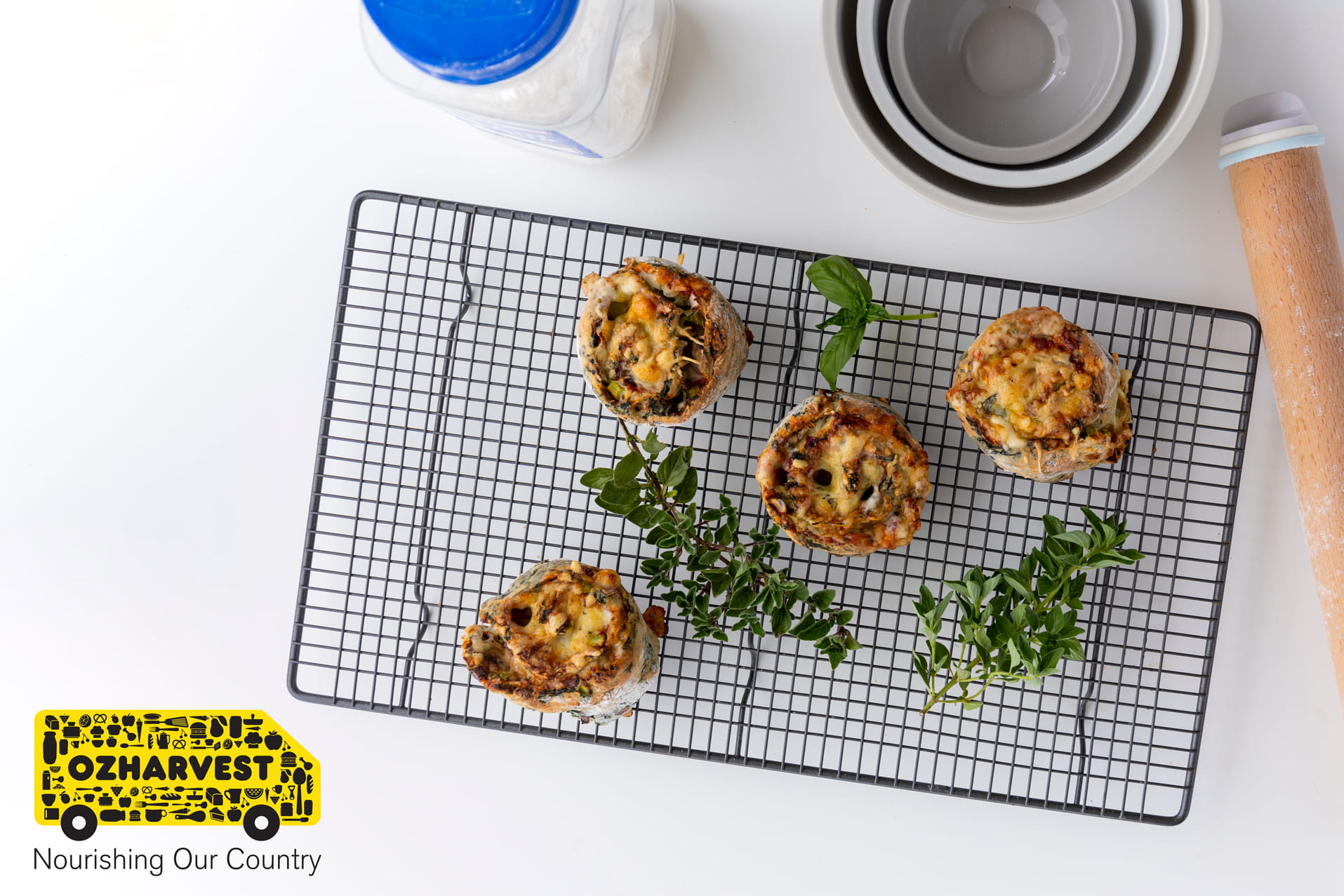
Student Credit: Dwayne Carroll
The OzHarvest FEAST photo shoot
When you work as a professional photographer you may encounter a variety of set scenarios. As a commercial food photographer, you may have a budget to hire a studio/location with a well-equipped kitchen, but sometimes you may need to improvise. You may work alone, or as part of a team of specialist experts.
In this project, our talented students had to go above and beyond the usual expectations of a food photographer. Before they could get started on the actual work, they not only had to cook the food themselves in their own kitchens, but they had to style it – and some even purchased electric frypans to replicate a required look and add a level of professionalism.
Of course, that doesn’t mean the prep work was a chore. “I love to cook so it was a lot of fun for me,” Dwayne says. “The projects were also easy enough that I didn’t need any prior experience as the recipes were easy to follow and well planned out.”
Once the table is set, so to speak, it’s time to get down to the main event – actually shooting the food, so it looks appetising and does the job of teaching kids how to cook, step by step. As you might expect, if you’ve ever tried and failed to capture the beauty of a dish to post on Instagram, this can be trickier than it looks.
Creative food photography is a highly specialised skill, with its own set of practices that have been honed over time. You might have seen some TikTok videos where they reveal the tricks used to make food look good on camera, but there are also certain ways you need to plan and style your content in order to make meals look ‘real’ and appetising.
All of which means that working on this project has been great for broadening our students’ portfolios. Dwayne now has first-hand experience of the plusses and minuses of working with plated-up models.
“Food always behaves, it does what it is told, doesn’t need a break and doesn’t have any other working requirements which means it is ‘easy’ to shoot in that regard,” he explains. “The flip side of that is, the food cannot pose or move as required so shooting food involves a lot of set up and then checking the work, making small changes and then taking the shot again.”
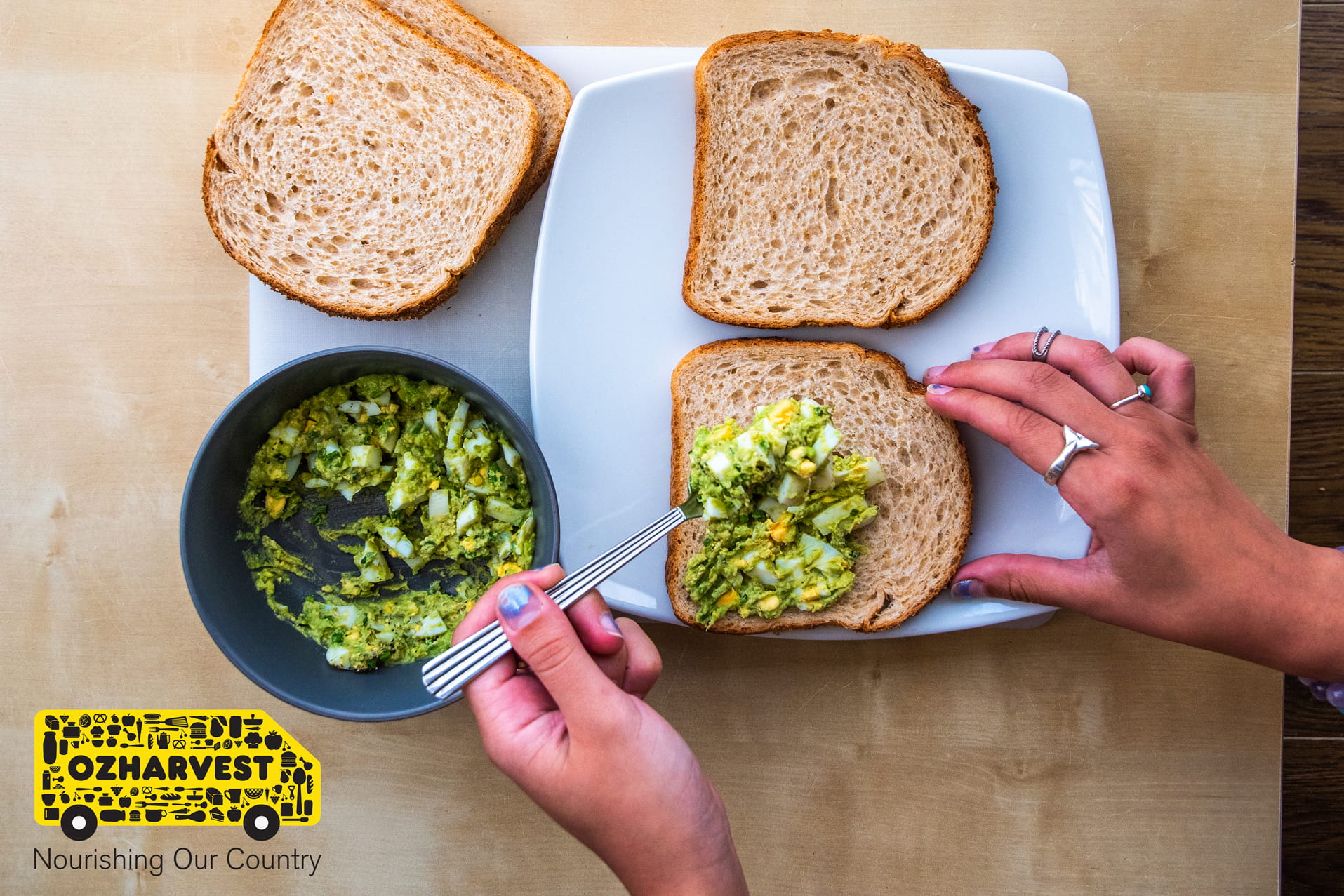
Student Credit: Diego Lara Carrasco
The importance of Work-Integrated Learning
You can learn a lot about photography in the classroom, and it’s certainly important to have the freedom to experiment, play and make mistakes so you can develop your own personal style. In addition, having the time and space to collaborate with your peers and take advantage of expert advice will make you a better artist.
However, it’s not until you get into the real world that you really get to test your skills and passion for photography. That’s certainly the case with Dwayne, who reveals some wisdom that came about as a direct result of taking on this worthy project. “When I got to the editing stage, I disliked the body of work that I had shot and was really unhappy with it,” he says. “So at a mad dash, at the last minute, I spent the entire day reshooting my pizza scrolls – and that’s the work that was then selected by the client. If you are ever unsure or unhappy with a set of images, and have the ability to reshoot, it can make a huge difference to the final images.”
If you intend to be a professional photographer, there is nothing better than honing your craft on live briefs with professionals who will give you real, honest feedback. That’s a scary concept, but it’s necessary to improve your work. And, of course, we’ll never throw you in the deep end. At every step of the way, they come to these projects with the skills, tools and – most importantly – the support required to succeed as a photographer. In this case, learning facilitators Mark Kratochvil and Peter Collie helped the students to visualise their dishes in situ.
That preparation and guidance is reflected in what OzHarvest communications manager Adeline Mansotte said about the results of the FEAST project: “We are very happy with the work that the photography students from Billy Blue College of Design provided for our new recipe book as part of our FEAST program in schools. They listened to us, understood our brief and delivered outstanding step-by-step photos that students will be able to follow and cook delicious healthy meals.”
Beyond passing the actual assignment, that’s really what this project is all about – using your creative talents to help create something that will make a positive impact on the world for the next generation.
“That is the most exciting thing about this opportunity,” says Dwayne. “By following my pictures along with the OzHarvest recipe, people will be gaining a real skill set and empowering them to make healthier choices, develop ongoing usable talents and will then hopefully influence others around them to do the same.”

